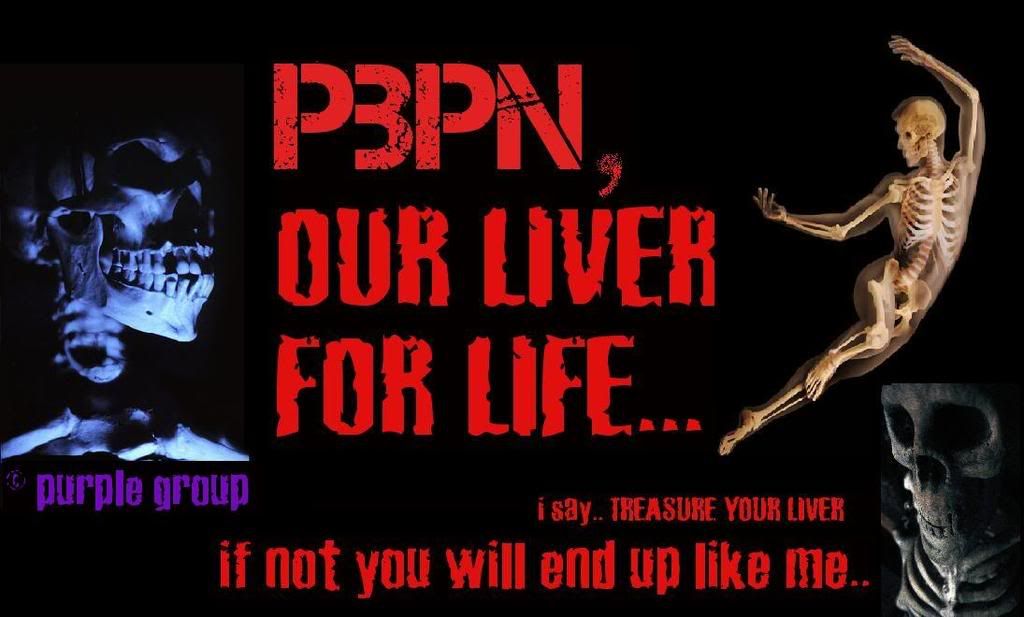
| Sunday, February 8, 2009 |
|
Reason for why we put latex in common cause: Because there is a rapid increase problem due to the usage of latex rubber gloves in medical field and also increase in atopy. (Davidson College Biology, 2006) Mechanism of Anaphylaxis causation When re-exposed to a specific antigen which cross-links the antigen-specific IgE molecules that bound to the mast cells and basophils, leads to the occurrence of anaphylaxis, which will then undergoes activation and degranulation process. Histamine and tryptase, which performed as mediators, present within the mast cell and basophil will be released in degranulation. The arachidonic acid metabolism in cell membrane produces other mediators, prostaglandins and leukotrienes, which act on receptors to stimulate symptoms of anaphylaxis. This diagram illustrates each step of immunological mechanism for anaphylaxis and explanation is provided below the diagram.  Diagram taken from Anaesthesia UK (2004). Explanation on Immunological Mechanism of Anaphylaxis: Step 1: Antigen-presenting cell internalizes antigen. Step 2: The APC processes the internalized antigen. Step 3: The APC presents the processed peptide to CD4+ T lymphocytes via MHC II. Step 4: After the peptide is presented, the T cell differentiates into TH2 lymphocytes and produces IL-4, IL-5, IL-9, and IL-13. Step 5: IL-4 and IL-13 cause B cell immunoglobulin isotype switching to IgE. Step 6: The circulating IgE binds to the IgE receptors on mast cells. Step 7: Antigen similar to the original antigen cross-links the mast cell surface-bound IgE, resulting in cellular degranulation. Degranulation releases histamine, tryptase, and other mediators that produce the symptoms of anaphylaxis (Anaesthesia UK, 2005).  This diagram show how the mast cell is activated which leads to degranulation. (Adapted from Ewan, 1998) The Effect of Mast Cell Activation on Different Tissues  This diagram illustrates how degranulation of mast cells affects various tissues in the body. (Adapted from Janeway, 2005) Reference: 1. Davidson College Biology (2006). Anaphylaxis. Retrieved on February 6, 2009. From http://images.google.com.sg/imgres?imgurl=http://www.bio.davidson.edu/courses/immunology/Students/spring2006/Witcher/pic1.jpg&imgrefurl=http://www.bio.davidson.edu/courses/immunology/Students/spring2006/Witcher/Anaphylaxis.html&usg=__8iH5oJtiulWaOzlrN8ZdCECmeG8=&h=222&w=312&sz=15&hl=en&start=6&tbnid=iBzFBj02mvPr3M:&tbnh=83&tbnw=117&prev=/images%3Fq%3DAnaphylaxis%26gbv%3D2%26hl%3Den%26sa%3DG 2. Anaesthesia UK (2005). Management of Latex Allergy. Retrieved on February 6, 2009. From http://www.anaesthesiauk.com/article.aspx?articleid=100086 3. Ewan,Pamela. "ABC of Allergies:Anaphylaxis" British Medical Journal 316 (1998): 1442-1445. 4. Janeway, C.A., Travers, P., Walport, M., Schlomchik, M. Immunobiology 6th Ed: The Immune System in Health and Disease. New York: Garland Publishing, 2005. BY KYM |


